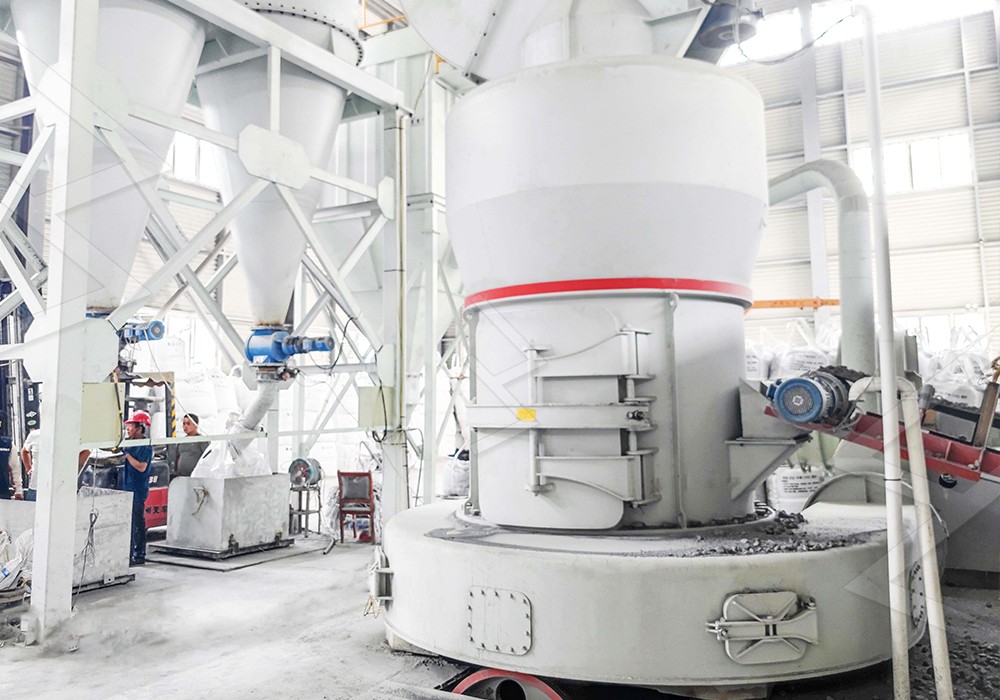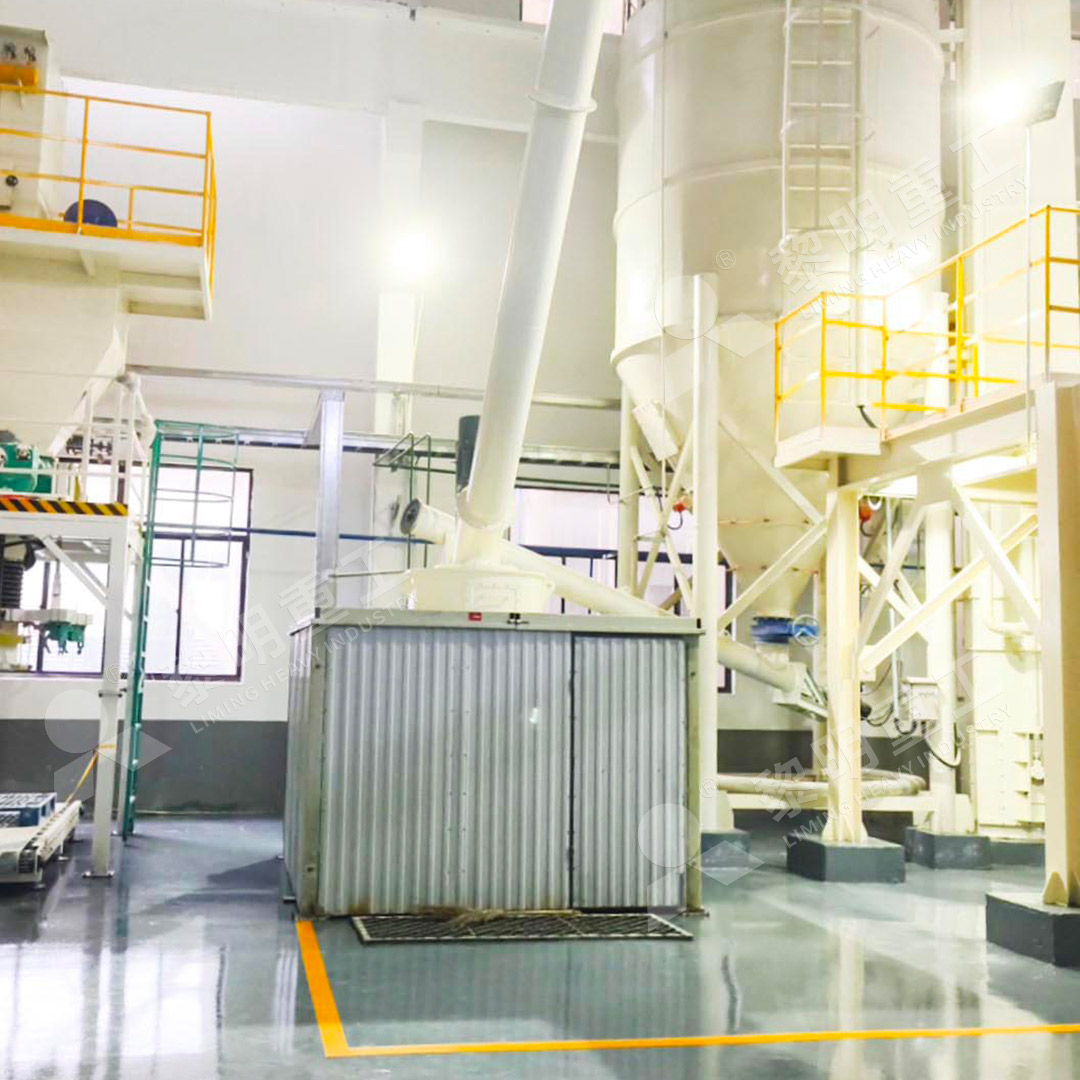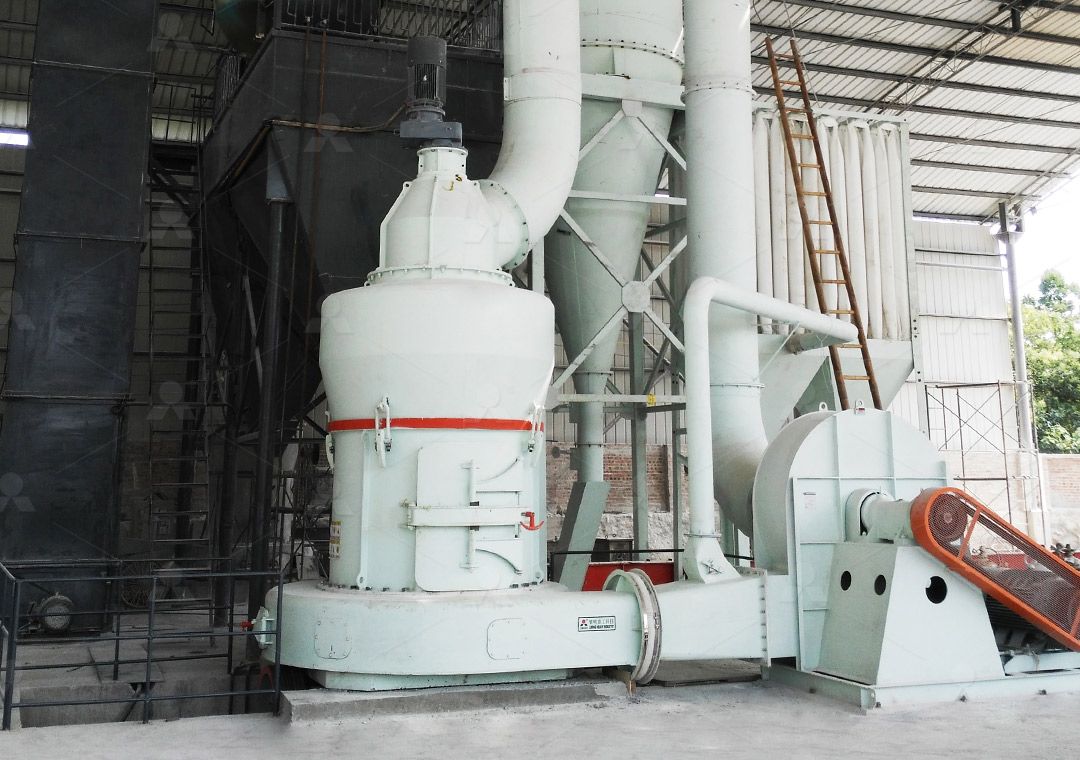Raymond Mill for Grinding Graywacke: Efficient Powder Production Solutions
Raymond Mill for Grinding Graywacke: Efficient Powder Production Solutions
Graywacke, a dark, hard sandstone composed of poorly sorted angular grains in a compact clay-rich matrix, presents unique challenges for powder production operations. Its variable composition and abrasive nature demand robust grinding solutions that can maintain consistent particle size distribution while minimizing operational costs. For decades, Raymond Mill technology has served as the cornerstone for processing such demanding materials.

The conventional approach to graywacke grinding often involves multiple processing stages, but modern Raymond Mill systems have streamlined this process significantly. When selecting equipment for graywacke powder production, several factors must be considered: the material’s abrasiveness, desired fineness range (typically between 80-400 mesh for most industrial applications), production capacity requirements, and energy consumption targets.
Technical Considerations for Graywacke Processing
Graywacke’s complex mineralogy—typically containing quartz, feldspar, and various rock fragments embedded in a clay matrix—requires grinding equipment with exceptional wear resistance. The grinding rollers and rings must withstand prolonged exposure to abrasive components without compromising performance. Additionally, the mill’s airflow system must efficiently separate and collect the fine powder while minimizing dust emissions.
For operations requiring higher capacity and finer powder specifications, we often recommend considering our MW Ultrafine Grinding Mill as an advanced alternative. This system handles input sizes up to 20mm with capacities ranging from 0.5 to 25 tph, making it particularly suitable for operations targeting ultra-fine graywacke powder between 325-2500 meshes. The MW series incorporates German cage-type powder selector technology that ensures precise particle separation while achieving remarkable energy efficiency—consuming approximately 30% less energy compared to jet mills with similar output.

Operational Advantages in Graywacke Applications
The unique design features of modern Raymond Mills provide distinct benefits when processing graywacke. The absence of rolling bearings and screws in the grinding chamber eliminates common failure points, significantly reducing maintenance downtime. Furthermore, integrated pulse dust collection systems ensure environmentally compliant operation by effectively capturing particulate matter throughout the grinding process.
For operations prioritizing vertical space utilization and seeking to integrate multiple processes, our LUM Ultrafine Vertical Grinding Mill presents an excellent solution. With an input size of 0-10mm and capacity of 5-18 tph, this system combines grinding, classifying, and transporting in a single compact unit. Its reversible structure simplifies maintenance access to grinding components, while multi-head powder separating technology enables precise control over final product specifications.
Optimizing Production Efficiency
Successful graywacke powder production extends beyond equipment selection to encompass operational strategies. Proper feed size control, consistent material moisture management, and regular maintenance scheduling all contribute to maximizing mill performance and service life. Many operations implement automated monitoring systems to track key parameters such as grinding pressure, classifier speed, and bearing temperature, enabling proactive maintenance and consistent product quality.

The versatility of graywacke powder—used in construction materials, industrial fillers, and various chemical applications—demands precise control over particle size distribution and chemical purity. Modern grinding solutions address these requirements through advanced separation technologies and wear-resistant construction, ensuring consistent product quality across production batches.
Frequently Asked Questions
What is the typical production capacity for graywacke grinding with Raymond Mills?
Production capacity varies based on final product fineness, but standard Raymond Mills typically process 0.6-5 tph of graywacke. For higher capacity requirements, our MW Ultrafine Grinding Mill offers up to 25 tph depending on configuration.
How does graywacke’s abrasiveness affect equipment service life?
Graywacke’s abrasive components can accelerate wear on conventional grinding elements. Our mills address this through specialized wear-resistant alloys in grinding rollers and rings, typically lasting 1.7-2.5 times longer than standard components.
What fineness range can be achieved with graywacke powder?
Standard Raymond Mills produce graywacke powder between 80-400 mesh, while our MW Ultrafine Grinding Mill can achieve 325-2500 meshes for specialized applications requiring ultra-fine powder.
Are these grinding systems suitable for other similar materials?
Absolutely. The technology discussed effectively processes various hard, abrasive materials including limestone, barite, dolomite, and other sedimentary rocks with similar characteristics to graywacke.
